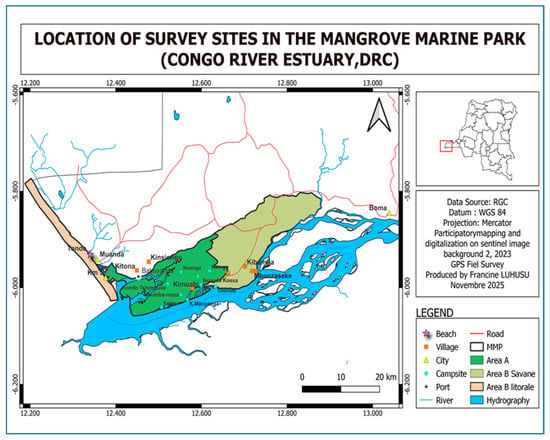-
 Are There Resource Allocation Constraints to Floral Production in the Endangered Barbarea vulgaris subsp. lepuznica (Southern Carpathians, Romania)?
Are There Resource Allocation Constraints to Floral Production in the Endangered Barbarea vulgaris subsp. lepuznica (Southern Carpathians, Romania)? -
 Media Narratives of Human-Wildlife Conflict: Iberian Orcas and Boats in the Spanish Press
Media Narratives of Human-Wildlife Conflict: Iberian Orcas and Boats in the Spanish Press -
 Prediction of Potential Habitat Distributions and Climate Change Impacts on Six Carex L. Species of Conservation Concern in Canada
Prediction of Potential Habitat Distributions and Climate Change Impacts on Six Carex L. Species of Conservation Concern in Canada -
 Birdfoot Violet (Viola pedata) in a Minnesota USA Dry Bluff Prairie: Population Assessment of a Preferred Host Plant of the Threatened Western Regal Fritillary Butterfly (Argynnis idalia occidentalis)
Birdfoot Violet (Viola pedata) in a Minnesota USA Dry Bluff Prairie: Population Assessment of a Preferred Host Plant of the Threatened Western Regal Fritillary Butterfly (Argynnis idalia occidentalis)
Journal Description
Conservation
- Open Access— free for readers, with article processing charges (APC) paid by authors or their institutions.
- High Visibility: indexed within ESCI (Web of Science), Scopus, and other databases.
- Journal Rank: JCR - Q2 (Biodiversity Conservation) / CiteScore - Q2 (Agricultural and Biological Sciences (miscellaneous))
- Rapid Publication: manuscripts are peer-reviewed and a first decision is provided to authors approximately 26.4 days after submission; acceptance to publication is undertaken in 5.9 days (median values for papers published in this journal in the first half of 2025).
- Recognition of Reviewers: APC discount vouchers, optional signed peer review, and reviewer names published annually in the journal.
- Conservation is a companion journal of Sustainability.
- Journal Cluster of Ecosystem and Resource Management: Forests, Diversity, Fire, Conservation, Ecologies, Biosphere and Wild.
Latest Articles
E-Mail Alert
News
Topics
Deadline: 25 December 2025
Deadline: 30 May 2026
Deadline: 31 July 2026
Deadline: 31 March 2027
Conferences
Special Issues
Deadline: 31 December 2025
Deadline: 31 December 2025
Deadline: 2 February 2026
Deadline: 15 February 2026





























